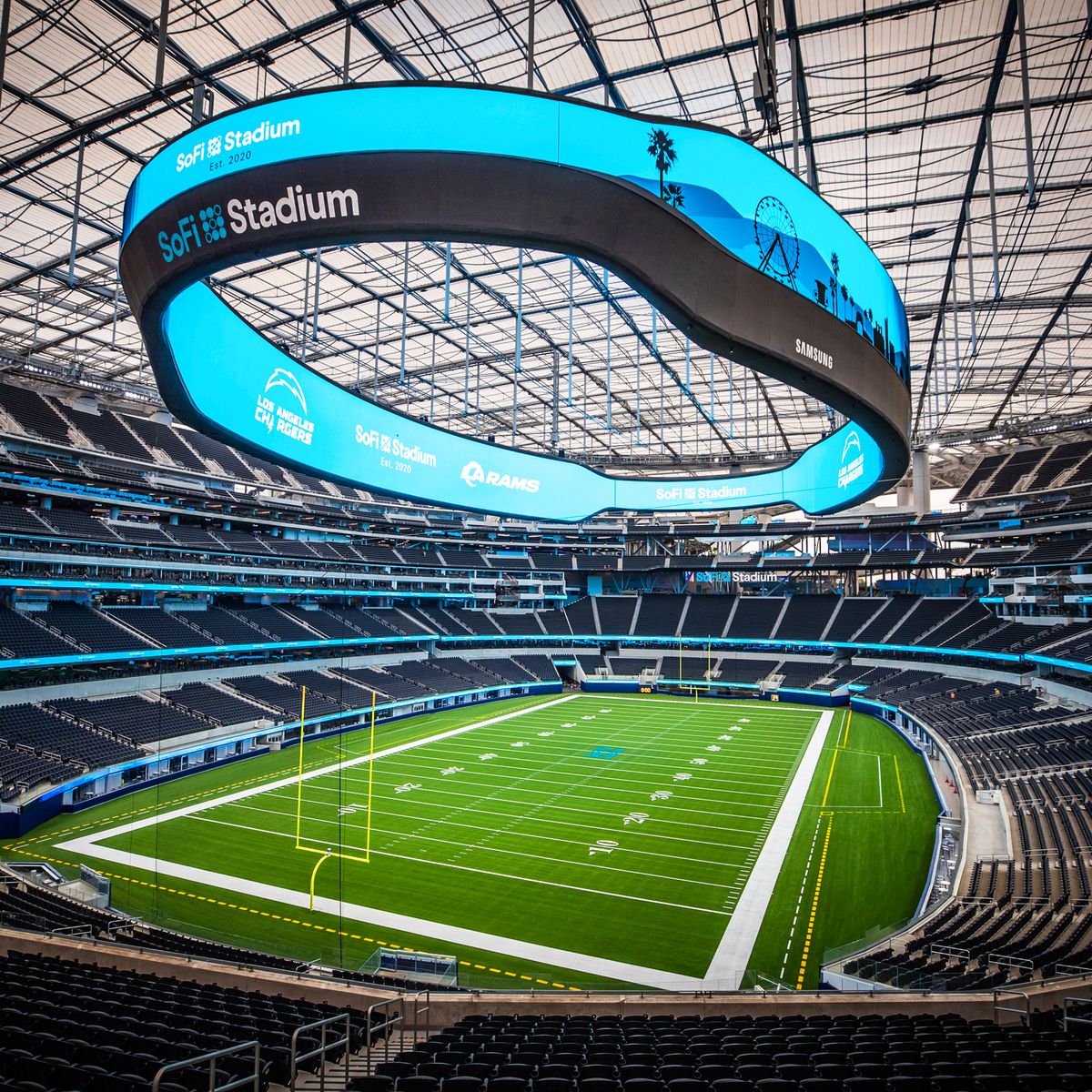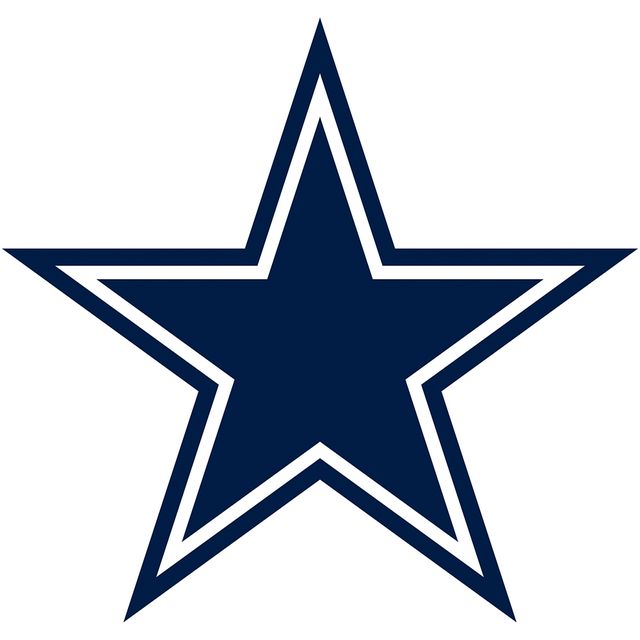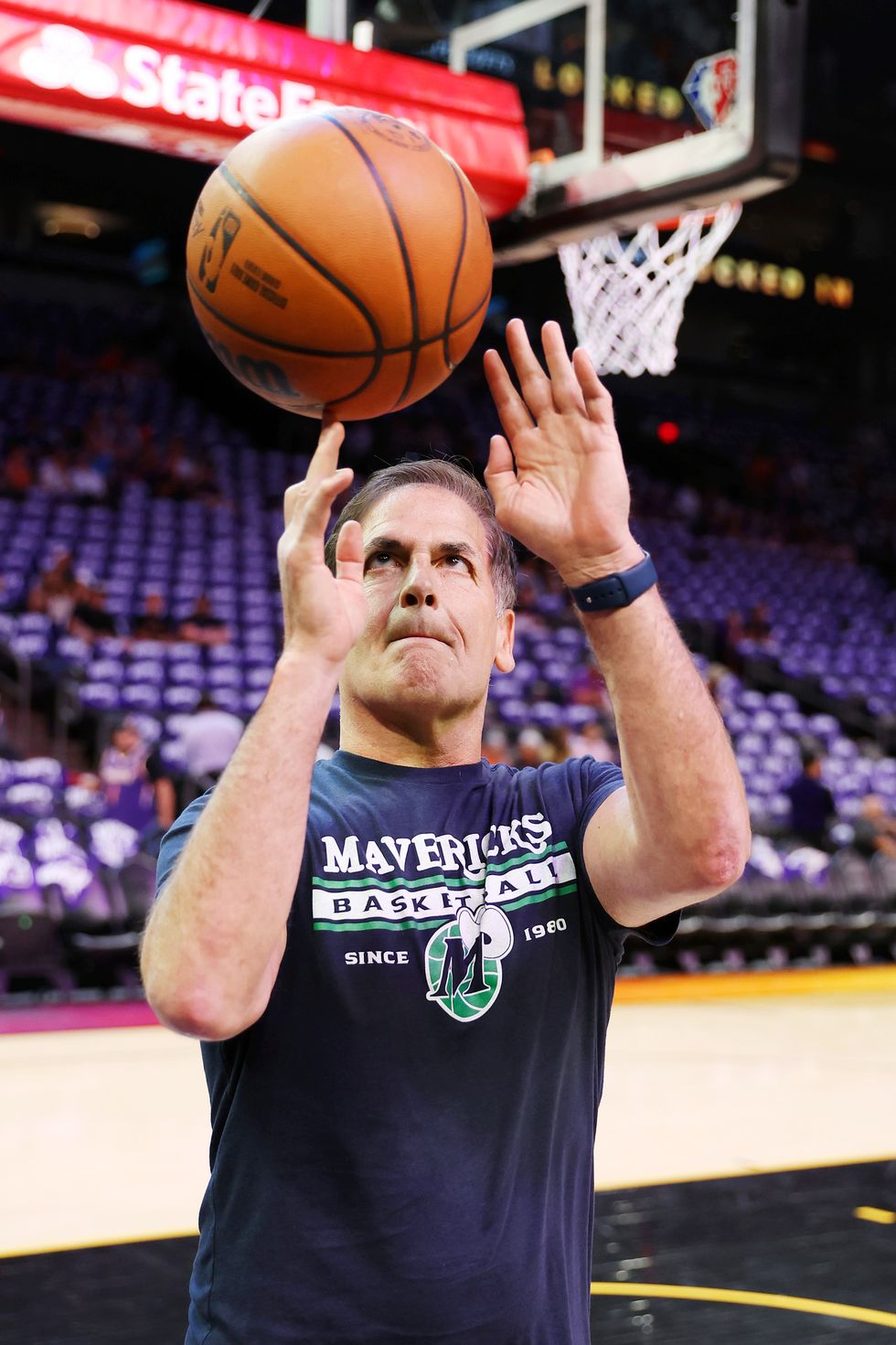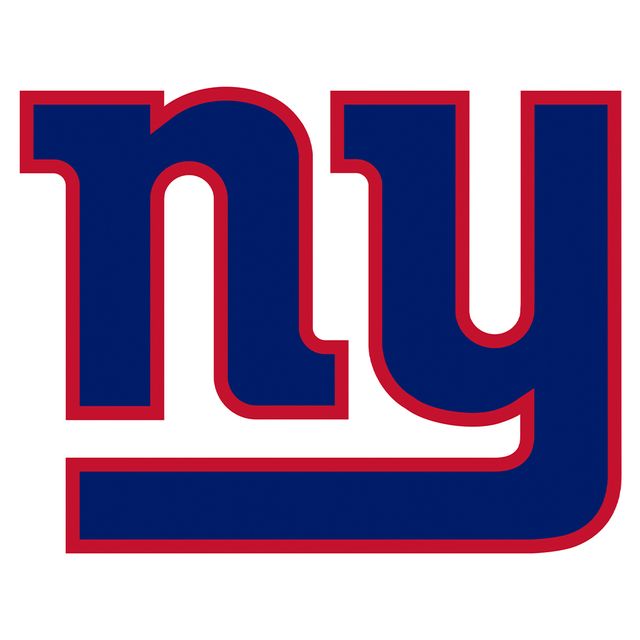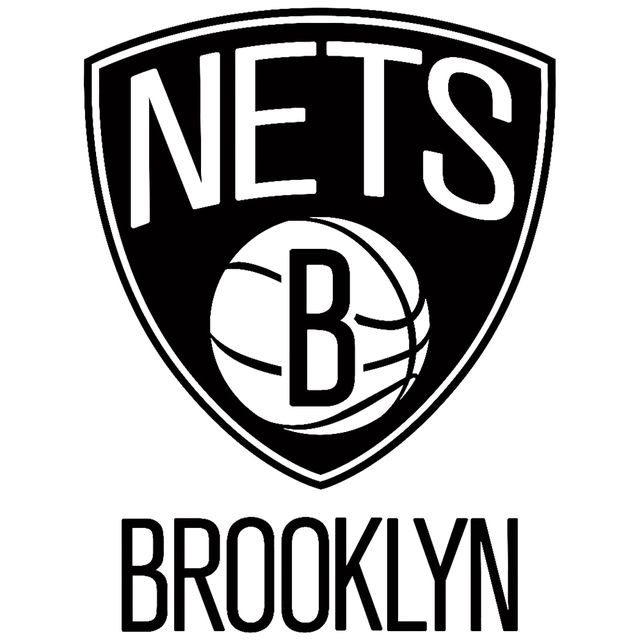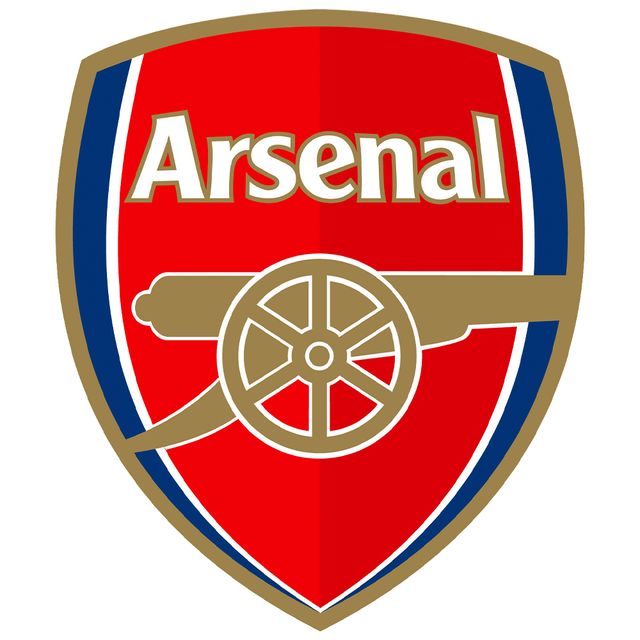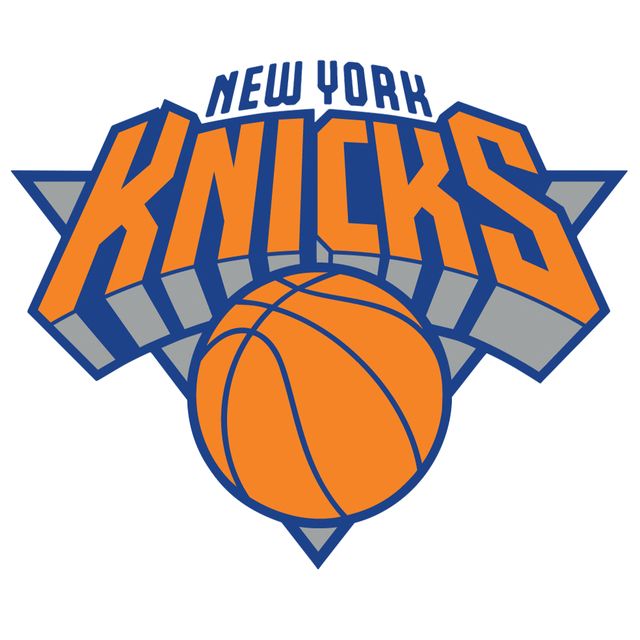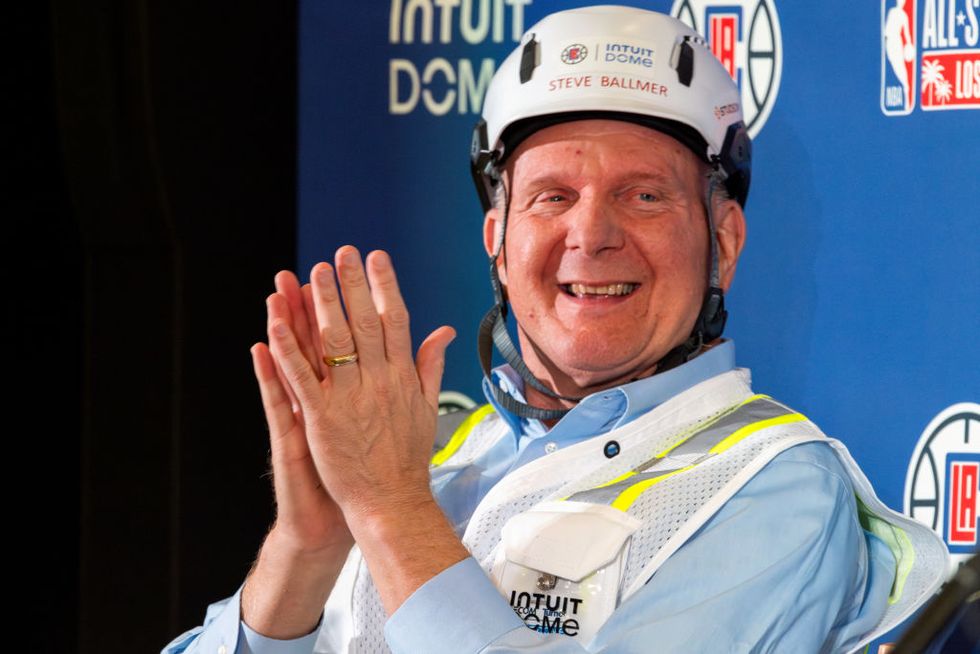At the press conference introducing the Charlotte Hornets’ new owners last August, Gabe Plotkin and Rick Schnall strode onto the stage looking like gleeful Roy brothers in an alternate ending of Succession. Onlookers may have thought the investment titans had dunked on the GOAT—and perhaps they had. But in buying a majority stake in the team from Michael Jordan, they made the five-time MVP a vastly more valuable player, paying him $3 billion—an 11-fold return on the $275 million he paid in 2010.
If the public knew anything about these new owners, it was that Plotkin’s company lost nearly $7 billion in four days in 2021 during the GameStop short squeeze, an epic fail recounted in the movie Dumb Money (in which Seth Rogen plays Plotkin). Perhaps not coincidentally, Schnall did most of the speaking to the press and, amid a barrage of bromides, let slip an unwitting truth: “We can’t screw this up.”
While trying to acknowledge the pressure to deliver a winner, Schnall was also admitting an open secret among the billionaire class: If you have the resources to buy a sports team in a major league, particularly the NFL and NBA, you can’t fail.
It’s a gravity-defying proposition, in which you can win by losing. Under Jordan the Hornets suffered the longest playoff drought of any NBA team and barely won 40 percent of their games. In a football example, the Washington Commanders’ winning percentage since Daniel Snyder purchased the team in 1999 has been just as bad as the Hornets’, but that was only one in a bouquet of red flags. The team’s name was a racial epithet for decades. NFL and congressional inquiries found that its culture was rife with harassment, bullying, and intimidation, including, in many instances, by Snyder—who decamped to London under the cloud of a criminal fraud investigation. And still, selling a distressed property under duress, the man acknowledged as the worst owner in sports received the highest price in sports history, $6.1 billion.
Far from feeling fleeced, the buyers were ecstatic. And these emptors needed no caveats; Plotkin and Schnall had previously owned smaller shares in NBA teams, and Josh Harris, whose investment group purchased the Commanders, already owned the NBA’s Philadelphia 76ers and the New Jersey Devils in the NHL. They knew that since 2007 average valuations in the Big Four leagues (NBA, NFL, NHL, and MLB) have gone up between five and eight times, and no team in the modern era has ever folded. They knew that even as valuations have turned skyward, every sale in the past two years has exceeded the bullish appraisals. They also knew that the ranks of billionaires have nearly doubled in the last decade, so there would be no shortage of takers if they decide to sell. Team ownership requires not just great wealth but an incredible level of liquidity. “It’s not a leveraged buyout like we had in the ’80s. Debt limits in all the leagues are low,” says Michael Rapkoch, a capital advisor who founded Sports Value Consulting. “So the people buying teams have to put up mostly cash. Real money. Billions.”
So what does the ultra-high-net-worth individual who has everything buy himself? Not another superyacht but something genuinely unsinkable and grand enough to host 18,000 to 80,000 paying guests, plus millions more watching at home, eight or 41 or even 81 times a season. While financial advisors are obliged to tell clients that past performance is no guarantee of future results, that warning is like hearing “Watch your step” as you board your own Gulfstream G650. Soaring team values, investment security, and extreme scarcity make franchise ownership a magnet for magnates, the rare investment capable of making even dumb money look smart. “Over the last 10 years the frothiness of the market and the numbers are just mind-boggling,” says Kurt Badenhausen, the sports world’s preeminent valuations expert, who created industry-standard rankings at Forbes and now produces them for the business journal Sportico. “Bankers, investors, team owners—everybody’s blown away.” Rapkoch is one of the awestruck. “The market is expanding,” he says, “and we’re absolutely bullish on this industry.”
Longtime sports commentator Bob Costas has seen a confluence of forces fundamentally alter the proposition of team ownership. “The explosion in television revenues,” he says, “and other ways to monetize that investment—global marketing, the internet, streaming services, merchandising—none of those things existed 50 years ago. It’s an almost can’t-lose proposition.”
In 2021 Certuity, a boutique wealth management firm for ultra-high-net-worth people, opened an investment fund that gives its clients a small taste of sports team ownership. “We were looking for investments that were not as correlated or sensitive to moves in the economy, interest rates, or earnings,” says Dylan Kremer, Certuity’s chief investment officer. “Professional sports jumped to the top of the list.”
The other form of security that drives value, according to Rapkoch, is teams’ sheer ability to survive. “WeWork was worth, what, $49 billion? Now it’s gone. What happened to Kmart? AOL? The Washington Commanders will be here in 20 years. There’s no doubt about that.” Indeed, names may change, and franchises may relocate, but no Big Four team has folded in seven decades. And the leagues have crushed or consumed upstart rivals, leaving them high castles protected with, as Kremer calls it, “moats around the business.”
If You Build It
Times have changed since Jerry Jones scraped together everything he had to raise $90 million in cash for his $140 million purchase of the financially strapped Dallas Cowboys, now the world’s most valuable team at $9 billion. But as with that Cowboys purchase, in which the value of the stadium outstripped that of the team, the pendulum is swinging back toward real estate—only on an epic scale.
In November, a week after Mark Cuban announced he’d be leaving Shark Tank, the business titan shared the news of a deal that made the show’s other “shark” investors look like goldfish. He had reached an agreement to sell a majority share of the Dallas Mavericks to billionaire Miriam Adelson and the Dumont family, owners of the Las Vegas Sands Corporation, for $3.5 billion. Before founding Cost Plus Drugs, Cuban made his multibillion-dollar fortune selling Broadcast.com. Now he has netted an even more astronomical return: $3.2 billion on the $285 million he paid for the team in 2000. It’s telling what he held on to: oversight of all basketball decisions and his role as the public face of the team, on the sidelines haranguing the referees. And, most notably, a 27 percent stake.
Lost in the flashing dollar signs was the fact that Cuban was playing the long game, positioning himself for an even greater payday. “I still own 27 percent,” he said. “Twenty-seven percent of a watermelon is a whole lot better than 27 percent of a grape.” Cuban sees real estate as the fuel for growth potential: state-of-the-art arenas and stadiums in mixed-use developments that allow sports capitalists to rejuvenate entire neighborhoods while enriching themselves.
Sure, the Golden State Warriors’ winning four NBA championships from 2015 to 2022 helped the team’s value soar to more than $7.7 billion—the highest in the NBA—but it also helped pave the way for owner Joe Lacob to move the team across the bay from Oakland into the Chase Center, a building almost too luxe to host sporting events, with clean Scandinavian lines, an interior designed by Gensler, and a soaring lobby atrium described as “Saarinen-esque” by Architect magazine. The arena is the heart of a complex with more than 500,000 square feet of office space, another 100,000 for retail, and a public plaza with Seeing Spheres, an Instagrammable installation by Olafur Eliasson. Around it lies an 11-acre tract, owned by Lacob, where restaurants, a waterfront park, and vibrant foot traffic have replaced a gritty industrial yard.
That scale of development led Cuban, who has been vocal in his desire to construct a new arena for the Mavericks, to join forces with Adelson (net worth $36 billion) and Sands Corp., experts at developing resort casinos that function as self-contained city-states. “It’s a partnership,” he said. “They’re not basketball people. I’m not a real estate person.” The ultimate success of Cuban and Adelson’s shared vision depends on Texas legalizing gambling in the coming years. Still, knowing their combined resources and influence, Cuban speaks about it as if it’s a sure thing. “When we build a new arena, it will be in the middle of a resort and casino,” he said. “That’s the mission.”
It was only a matter of time before these modern-day Caesars, who have made a multibillion-dollar business out of bread and circuses, saw the profit-making potential of shiny new colosseums.
Changing the Rules
While people’s motivations for wanting to own a team may be new, the appeal is not. In 1921 industrialist William Wrigley Jr. used a fraction of his chewing gum fortune to buy the Chicago Cubs. Like a shiny hood ornament atop his family’s wealth-driving business, the team sold for $20.5 million 60 years later. (The Wrigleys’ corporation commanded $23 billion in cash in 2008.) In contrast, the Maras were a struggling immigrant family on New York’s Lower East Side until their $500 purchase of the New York Football Giants in 1925, which generated, first, financial security, and then an immense windfall: The team was valued at more than $7 billion in 2023. One Mara married into the NFL’s other royal family, the Rooneys, longtime owners of the Pittsburgh Steelers. Together the two houses have ascended to Hollywood fame (actors Kate and Rooney Mara) and the halls of power (the late Dan Rooney, Ambassador Extraordinary and Plenipotentiary to Ireland).
For those born into great privilege, the attitude was different, says Michael Gross, author of Flight of the WASP: The Rise, Fall, and Future of America’s Original Ruling Class. “You spent your wealth on a sports team,” the longtime chronicler of the moneyed class says. “You didn’t make wealth on a sports team.” Three decades after Gertrude Vanderbilt Whitney founded the Whitney Museum of Art to house her forward-thinking collection, her niece Joan Whitney Payson paid $1 million for a controlling interest in New York’s new National League baseball team. Leading a well-heeled group that included G. Herbert Walker Jr. (great-uncle of George W. Bush, who parlayed a minority stake in the Texas Rangers into a political career), Payson became the first woman to own a major American sports team (that wasn’t inherited). A baseball obsessive, she was hands-on from the start. After holding a naming party at her Italianate Upper East Side mansion, Payson announced the name—“Meet the Mets”—at the Savoy-Hilton Hotel, breaking a bottle of champagne on a baseball bat, as if christening a yacht.
Over the years, some men of means were drawn to sports teams to break not the bank but social barriers. Obsessed with attaining British citizenship and entering the upper echelons of UK society, Mohamed Al-Fayed purchased the London-based soccer team Fulham for $9 million in 1997, months before his son Dodi and Princess Diana were killed in a car accident. Fayed entertained the likes of Michael Jackson at matches and took the team up to the Premier League, but he gained neither citizenship nor acceptance. Nevertheless, Fulham’s value soared; when he sold it in 2013, Fayed reportedly fetched more than $225 million.
Russian oligarch Roman Abramovich took a similar shot on goal, hoping to rehabilitate his reputation as Vladimir Putin’s closest ally when he relocated to London and bought the storied Chelsea Football Club for $224 million in 2003. It proved effective enough, as he invested some $2 billion to improve the team, winning 18 trophies for the team and the affection of its fans. His old friend’s invasion of Ukraine put an end to all that. In May 2022, after the British government froze his assets, Abramovich bid farewell to Chelsea for $3.1 billion. At the time it was the highest price ever paid for a sports team—though he wasn’t allowed to pocket the profits.
Owning a pro sports team seemed like just the thing to raise the standing of six-foot-eight Mikhail Prokhorov from merely brash billionaire playboy. However, in the middle of purchasing the NBA’s New Jersey Nets in 2010 for $200 million (plus an additional $180 million in debt, and with a plan to move the team to Brooklyn), the Russian industrialist went on 60 Minutes to show off some of his other playthings: a Kalashnikov rifle, a model of his 200-foot superyacht (the actual vessel, he explained, made him seasick), and the 20 women waiting for him in his private VIP section of a Russian club. The NBA’s commissioner at the time, David Stern, gave a telling response when asked if his league’s newest owner was an individual with integrity, saying, “I think he’s a man who has passed a very tight security check.”
Eventually, saddled by sanctions and reportedly pressured by Putin to sell, Prokhorov unloaded his no longer shiny toy to Joe Tsai, co-founder of the tech giant Alibaba, for $2.35 billion (plus $1 billion for the Barclays Center arena) in 2019. At the time, that was the most ever paid for an American sports team, topping the previous mark of $2.2 billion set in 2017 by Tilman Fertitta’s acquisition of the Houston Rockets and equaled a year later when David Tepper purchased the NFL’s Carolina Panthers.
The Limit Does Not Exist
While those prices might look pedestrian in light of the recent skyrocketing valuations, those record sales helped change the perception of sports teams from places to park one’s fortune into a fast-accelerating driver of wealth.
In the intervening years league-wide media deals have also become more lucrative, as sports have proved to be the last must-see live events on TV and streaming services. “But not all leagues are equal,” says Certuity’s Kremer. While the NHL is making waves internationally, and valuations of Major League Soccer and women’s sports teams are climbing fast, the Big Four sports leagues are increasingly the Big Two. The most valuable teams are in the NFL for a reason: Badenhausen’s research found that in 2022 every team in the NFL made more money than the world’s most profitable soccer team, Manchester City. And the NBA has the highest ceiling. Whereas soccer is already popular in every corner of the world, the NBA’s business is surging globally, as interest in basketball has exploded in China, India, and sub-Saharan Africa.
As a result, NFL and NBA teams are now like Fabergé eggs encased in pigskin or orange leather, only rarer, with the megarich trampling one another to get their hands on one. Fabergé produced 69 eggs; the NFL and NBA have 62 teams combined. If the NBA eventually adds two expansion franchises, as expected, it is sure to spark another stampede of bidders—and the current owners will rake in their share of the spoils. Although there have been four sales of NFL teams in the last 11 years, on average the league’s owners hold on to their teams for 40 years. These golden tickets come around once in a lifetime.
Some use them more wisely than others. Real estate developer Stan Kroenke and his wife Ann Walton Kroenke (of the Walmart Waltons) have quietly assembled a ne plus ultra sports portfolio that includes English Premier League team Arsenal and not one but two crown jewels: the reigning NBA champion Denver Nuggets and the 2022 NFL champion L.A. Rams. Stan Kroenke has taken the Rams from Los Angeles to St. Louis and back to L.A., where they won Super Bowl LVI in their new home, SoFi Stadium. The state-of-the-art venue has open sides and a translucent roof adorned with 26,000 LED panels, making it a 22-acre billboard for planes approaching nearby LAX. The stadium holds 70,000 fans (it expands to 100,000 for some events), who can watch the game on a 70,000-square-foot display dubbed the Infinity Screen. The building has won awards and been tapped for such highly profitable events as the 2026 soccer World Cup and the opening ceremony of the 2028 summer Olympics.
Increasingly, these new stadiums and arenas resemble cathedrals of contemporary capitalism, with giant megapixel screens in place of stained glass and plush seats instead of pews. New York Knicks owner James Dolan, seeking something that would trump his own Madison Square Garden, turned westward to Las Vegas and built the Sphere (see page 39).
Then there’s Steve Ballmer, the wealthiest team owner in America and eighth-richest person in the world, and his Intuit Dome in Inglewood, California. The Clippers’ new home is an architectural marvel imprinted with the irrepressible owner’s idiosyncratic tastes and a passion that would make Joan Payson proud. Ballmer, who was once Bill Gates’s assistant, began his quest to own a team while still CEO of Microsoft. In 2013 he tried to buy the Seattle Supersonics to keep the team from moving to Oklahoma City, but his efforts came too late. Then he tried to bring the Sacramento Kings to Seattle. His bid was acceptable, but his plan to move the team was a nonstarter.
Within two weeks of his retirement from Microsoft, in 2014, Ballmer flew to meet with NBA commissioner Adam Silver (and the NFL’s Roger Goodell, too, for good measure). Ballmer learned that the Milwaukee Bucks were for sale, but the owner politely rebuffed Ballmer’s appeal (the team later sold for $550 million).
In the meantime, one of the ugliest chapters in NBA history was unfolding in Los Angeles. TMZ released recordings of Clippers owner Donald Sterling making virulently racist remarks to his mistress. His team threatened to boycott. Players around the league were up in arms. The NBA banned him, and control of the team passed to his wife. Within a month Ballmer had bought the team from her for $2 billion, an NBA record.
“I was all in,” Ballmer said on the podcast of his star player, Paul George. “I just said, ‘I’m going to get this team,’ and people thought I way overpaid.” After all, the team was in disarray and a second-class citizen in its own home, the Staples Center (now Crypto.com arena), which it shared with the Lakers.
Ballmer soon embarked on another odyssey—nearly nine years long—to build his team its own arena. Along the way he was sued by Dolan’s MSG, which owned the Inglewood Forum, to prevent a competing venue from being built nearby. Ballmer decided to buy the Forum so he could get on with building his arena. One can do these things when one’s net worth hovers around $120 billion.
Ballmer spared no expense, enlisting AECOM, the architects responsible for One World Trade Center and London’s 2012 Olympic Park. The halo-like screen that encircles the Intuit Dome’s interior is six times as big as the average NBA arena’s screen, and the stands’ steep lower bowl brings the crowd close to the action.
Investing in fans’ enthusiasm, Ballmer designated a choice 51-row portion of the stands not for luxury boxes but for serious fans—verified electronically, no reselling allowed except through the Clippers marketplace. (Also verboten in these seats: opposing teams’ gear.) Every seat in the arena has a phone charging station and a system to track how much a fan stands, sits, and cheers, and at what decibel level. Most of all, Ballmer wants the fans away from their seats as briefly as possible, insisting on automated cash-free concessions and abundant bathrooms. Especially bathrooms. At the 2021 groundbreaking, he screamed about the Intuit Dome having three times as many toilets as other arenas. “I’ve become a real obsessive about toilets,” Ballmer said later. “Toilets, toilets, toilets.”
In January he joined the mayors of Inglewood and Los Angeles and the NBA commissioner onstage at the Intuit Dome to announce that the arena, which will open in September, had been selected to host the 2026 NBA All-Star Game. Beaming, Ballmer called his building “the pinnacle, the peak” of sports arenas. “We have bathrooms—lots of bathrooms!” he shouted, poking fun at his fixation.
Is it all folly—a Spruce Goose with a hardwood floor? Despite overpaying for the Clippers by any objective measure and doubling down on potties, Ballmer saw the Clippers’ value double in his first eight years of owning the team. Even while operating at a loss for the year from 2022 to 2023, the value shot up another 19 percent in anticipation of the new arena. When it opens, the added revenue is expected to drive the valuation higher still. It turns out that, at least for those worth 12 figures, throwing money down the toilet pays off.
This story appears in the April 2024 issue of Town & Country. SUBSCRIBE NOW

Alex Bhattacharji is a writer and editor who worked nearly two decades in men's magazines. His work has appeared in numerous publications, including The New York Times, Esquire, and WSJ magazine. He spends his free time hiking, kayaking and coaching rugby.
